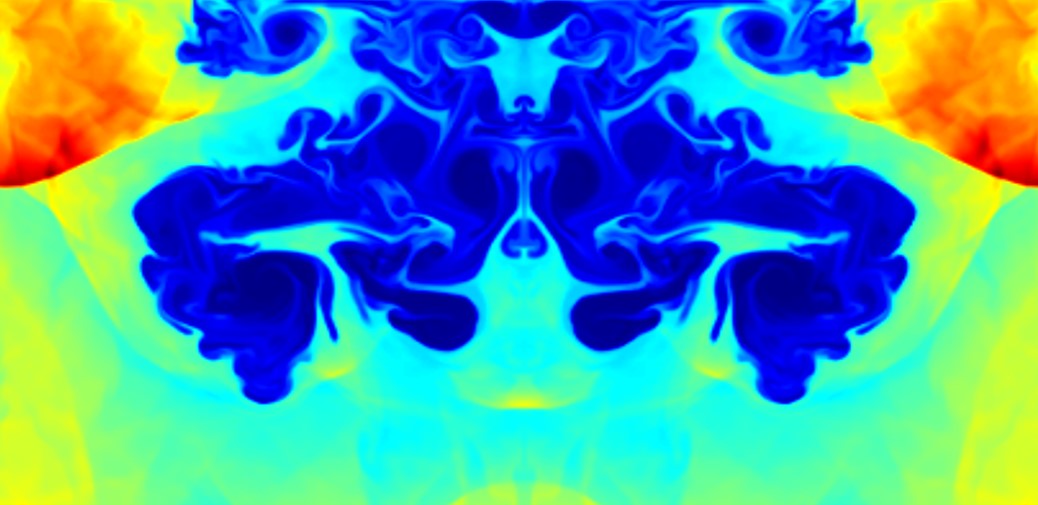
Okay, you have a problem with an expensive design and have decided to perform a simulation to clarify the problem and to choose a design path to follow.
After some time and work, once finished the simulation and with the report in your hand, you start analyzing numbers, data, color maps… it may look professional but ultimately you are still wondering, how can I know if all this is true?
The answer is that simulation results will NEVER be true.
Then, why should you still be reading this article if all this simulation stuff is fake?
Don´t panic…
A good example is Formula One;
Formula One aerodynamic engineers use CFD daily in order to design properly aerodynamic components. They use CFD for several reasons:
– CFD allows you to have a virtual prototype.
– You can test it in different configurations and scenarios in a short time without manufacturing any prototype first.
– Thanks to simulation you can better understand the physics of your designs in order to optimize future improvements.
– The design cycles can be compressed and accelerated.
But anyway… Formula One manufacturers still have huge wind tunnels facilities to test their innovations. This is because CFD simulations have limitations:
There are several sources of error that might affect a simulation and cannot be avoided:
– Mathematical models:
These models have been developed by scientists. Science tries to represent the reality of physics through laws and equations, but in fluid dynamics, many of the mathematical models are so complex that we need to use approximations methods and statistics (Turbulence, heat transfer, etc…).
– Discretization and numerical errors:
The equations of the previous mathematical models are solved again through approximations and iterative computer processes. These approximations may introduce an error that can be minimized by using good resolution strategies and methods.
In Formula One, even with their supercomputers and excellent professionals who perform high-quality simulations, teams cannot trust 100% in their results.
A small error may just displace a few cms a vortex between simulation and reality, which would ruin the whole vehicle aerodynamics. That is the reason they finally use to test real components in the track or wind tunnel
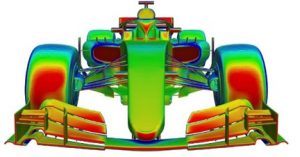
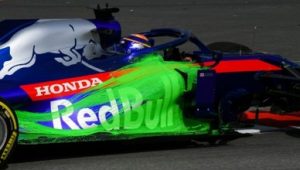
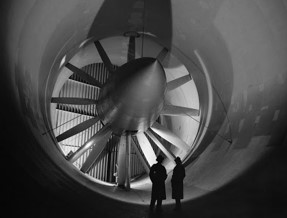
Then, why they still use CFD?
As explained before, the advantages of CFD simulation are much higher than the cost of doesn´t use this tool.
– Companies do not have to build and test several prototypes, with the time it involves.
– They have a virtual prototype where tests everything they have in mind.
– They can learn about the physical behavior of the prototype.
– If it is necessary, companies need only to test the final version of the virtual prototype.
Now, you do not need to be a Formula One manufacturer to try these advantages in your company.
Why don´t you contact us so we can have a chat and figure out how can our simulation technology help your company?
What about mixing simulations?
There are some ways to certify that the mixing simulations we perform are close to reality. Are you interested about the methodology we follow in order to check how far are we from real results?
If you want to work with us and you are concerned about this just let us know, download the next document and keep learning about our sector.
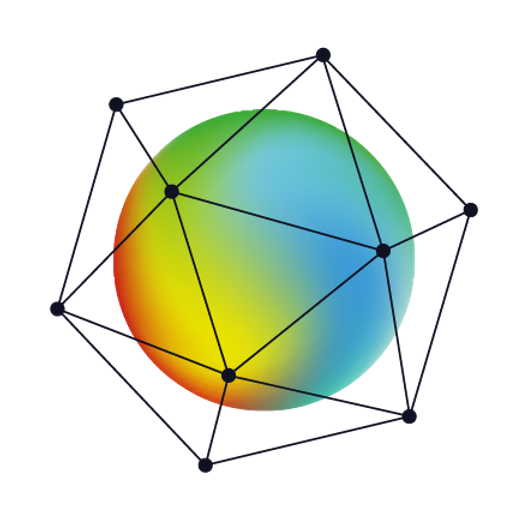
2 Comments
SEO Optimizers Team https://ztd.bardou.online/adm
I offer mutually beneficial cooperation https://ztd.bardou.online/adm
Comments are closed for this article!